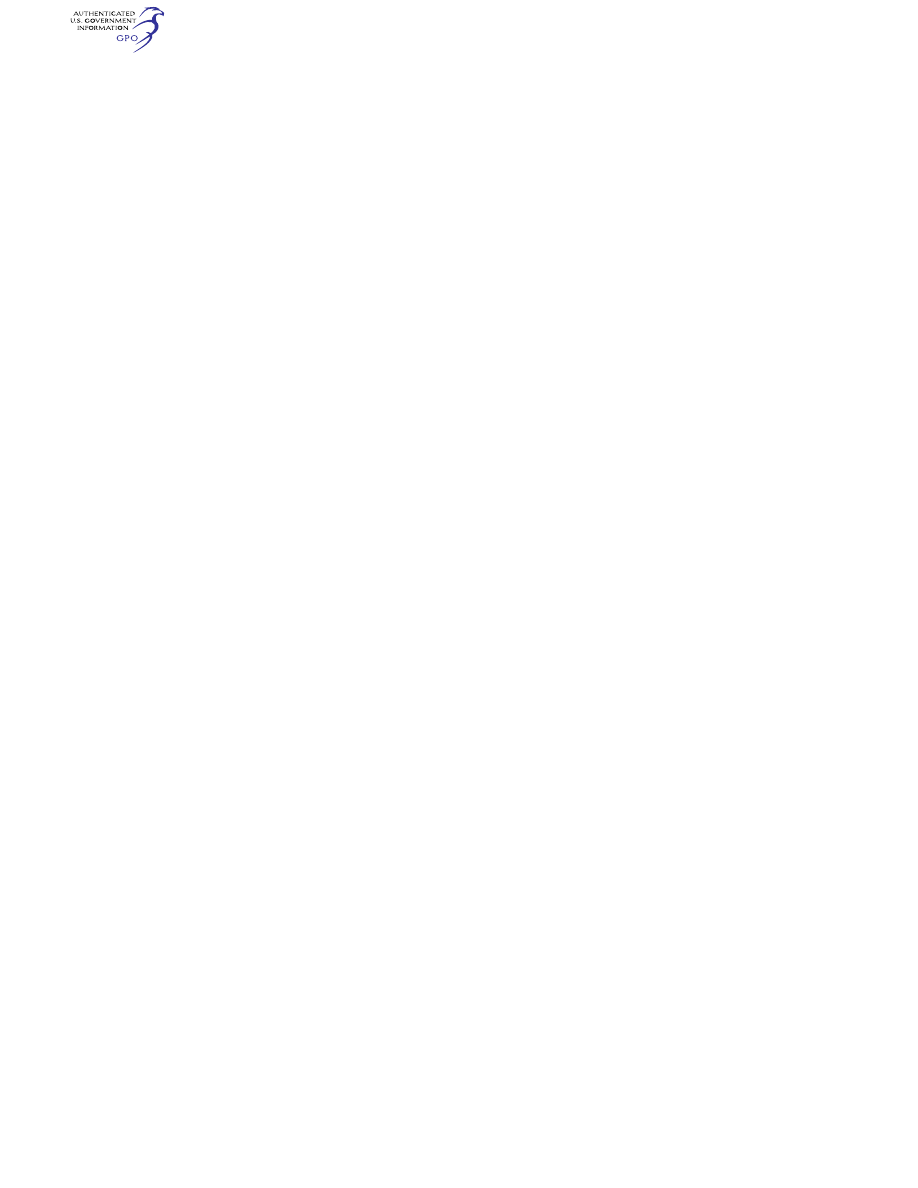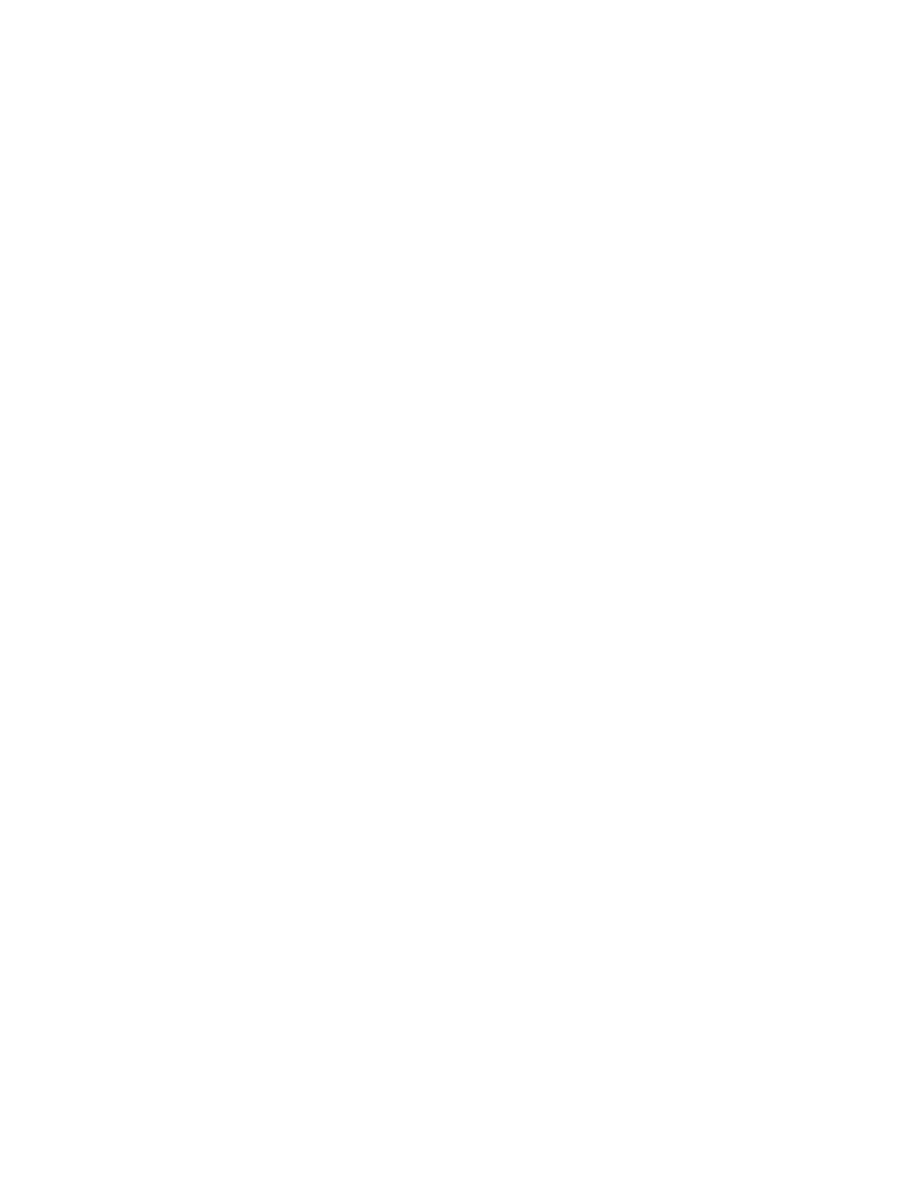
557
Federal Aviation Administration, DOT
§ 61.157
airline transport pilot certification
training program in § 61.156.
[Doc. No. 25910, 62 FR 16298, Apr. 4, 1997, as
amended by Amdt. 61–130, 78 FR 42374, July
15, 2013; Amdt. 61–130C, 81 FR 2, Jan. 4, 2016;
Amdt. 61–149, 86 FR 62087, Nov. 9, 2021]
§ 61.156
Training requirements: Air-
plane category—multiengine class
or multiengine airplane type rating
concurrently with an airline trans-
port pilot certificate.
A person who applies for the knowl-
edge test for an airline transport pilot
certificate with an airplane category
multiengine class rating must present
a graduation certificate from an au-
thorized training provider under part
121, 135, 141, or 142 of this chapter certi-
fying the applicant has completed the
following training in a course approved
by the Administrator.
(a)
Academic training. The applicant
for the knowledge test must receive at
least 30 hours of classroom instruction
that includes the following:
(1) At least 8 hours of instruction on
aerodynamics including high altitude
operations;
(2) At least 2 hours of instruction on
meteorology, including adverse weath-
er phenomena and weather detection
systems; and
(3) At least 14 hours of instruction on
air carrier operations, including the
following areas:
(i) Physiology;
(ii) Communications;
(iii) Checklist philosophy;
(iv) Operational control;
(v) Minimum equipment list/configu-
ration deviation list;
(vi) Ground operations;
(vii) Turbine engines;
(viii) Transport category aircraft
performance;
(ix) Automation, navigation, and
flight path warning systems.
(4) At least 6 hours of instruction on
leadership, professional development,
crew resource management, and safety
culture.
(b)
FSTD training. The applicant for
the knowledge test must receive at
least 10 hours of training in a flight
simulation training device qualified
under part 60 of this chapter that rep-
resents a multiengine turbine airplane.
The training must include the fol-
lowing:
(1) At least 6 hours of training in a
Level C or higher full flight simulator
qualified under part 60 of this chapter
that represents a multiengine turbine
airplane with a maximum takeoff
weight of 40,000 pounds or greater. The
training must include the following
areas:
(i) Low energy states/stalls;
(ii) Upset recovery techniques; and
(iii) Adverse weather conditions, in-
cluding icing, thunderstorms, and
crosswinds with gusts.
(2) The remaining FSTD training
may be completed in a Level 4 or high-
er flight simulation training device.
The training must include the fol-
lowing areas:
(i) Navigation including flight man-
agement systems; and
(ii) Automation including autoflight.
(c)
Deviation authority. The Adminis-
trator may issue deviation authority
from the weight requirement in para-
graph (b)(1) of this section upon a de-
termination that the objectives of the
training can be met in an alternative
device.
[Doc. No. FAA–2010–0100, 78 FR 42375, July 15,
2013, as amended by Amdt. 61–149, 86 FR
62087, Nov. 9, 2021]
§ 61.157
Flight proficiency.
(a)
General. (1) The practical test for
an airline transport pilot certificate is
given for—
(i) An airplane category and single
engine class rating.
(ii) An airplane category and multi-
engine class rating.
(iii) A rotorcraft category and heli-
copter class rating.
(iv) A powered-lift category rating.
(v) An aircraft type rating.
(2) A person who is applying for an
airline transport pilot practical test
must meet—
(i) The eligibility requirements of
§ 61.153; and
(ii) The aeronautical knowledge and
aeronautical experience requirements
of this subpart that apply to the air-
craft category and class rating sought.
(b)
Aircraft type rating. Except as pro-
vided in paragraph (c) of this section, a
person who applies for an aircraft type
rating to be added to an airline trans-
port pilot certificate or applies for a
VerDate Sep<11>2014
14:00 Mar 14, 2024
Jkt 262047
PO 00000
Frm 00567
Fmt 8010
Sfmt 8002
Q:\14\14V2.TXT
PC31
aworley on LAPBH6H6L3 with DISTILLER

558
14 CFR Ch. I (1–1–24 Edition)
§ 61.157
type rating to be concurrently com-
pleted with an airline transport pilot
certificate:
(1) Must receive and log ground and
flight training from an authorized in-
structor on the areas of operation
under this section that apply to the
aircraft type rating;
(2) Must receive a logbook endorse-
ment from an authorized instructor
that certifies the applicant completed
the training on the areas of operation
listed under paragraph (e) of this sec-
tion that apply to the aircraft type rat-
ing; and
(3) Must perform the practical test in
actual or simulated instrument condi-
tions, except as provided under para-
graph (g) of this section.
(c)
Exceptions. A person who applies
for an aircraft type rating to be added
to an airline transport pilot certificate
or an aircraft type rating concurrently
with an airline transport pilot certifi-
cate, and who is an employee of a cer-
tificate holder operating under part 121
or part 135 of this chapter, does not
need to comply with the requirements
of paragraph (b) of this section if the
applicant presents a training record
that shows completion of that certifi-
cate holder’s approved training pro-
gram for the aircraft type rating.
(d)
Upgrading type ratings. Any type
rating(s) and limitations on a pilot cer-
tificate of an applicant who completes
an airline transport pilot practical test
will be included at the airline trans-
port pilot certification level, provided
the applicant passes the practical test
in the same category and class of air-
craft for which the applicant holds the
type rating(s).
(e)
Areas of operation. (1) For an air-
plane category—single engine class rat-
ing:
(i) Preflight preparation;
(ii) Preflight procedures;
(iii) Takeoff and departure phase;
(iv) In-flight maneuvers;
(v) Instrument procedures;
(vi) Landings and approaches to land-
ings;
(vii) Normal and abnormal proce-
dures;
(viii) Emergency procedures; and
(ix) Postflight procedures.
(2) For an airplane category—multi-
engine class rating:
(i) Preflight preparation;
(ii) Preflight procedures;
(iii) Takeoff and departure phase;
(iv) In-flight maneuvers;
(v) Instrument procedures;
(vi) Landings and approaches to land-
ings;
(vii) Normal and abnormal proce-
dures;
(viii) Emergency procedures; and
(ix) Postflight procedures.
(3) For a powered-lift category rat-
ing:
(i) Preflight preparation;
(ii) Preflight procedures;
(iii) Takeoff and departure phase;
(iv) In-flight maneuvers;
(v) Instrument procedures;
(vi) Landings and approaches to land-
ings;
(vii) Normal and abnormal proce-
dures;
(viii) Emergency procedures; and
(ix) Postflight procedures.
(4) For a rotorcraft category—heli-
copter class rating:
(i) Preflight preparation;
(ii) Preflight procedures;
(iii) Takeoff and departure phase;
(iv) In-flight maneuvers;
(v) Instrument procedures;
(vi) Landings and approaches to land-
ings;
(vii) Normal and abnormal proce-
dures;
(viii) Emergency procedures; and
(ix) Postflight procedures.
(f)
Proficiency and competency checks
conducted under part 121, part 135, or
subpart K of part 91. (1) Successful com-
pletion of any of the following checks
satisfies the flight proficiency require-
ments of this section for the issuance
of an airline transport pilot certificate
and/or the appropriate aircraft rating:
(i) A proficiency check under § 121.441
of this chapter.
(ii) Both a competency check under
§ 135.293(a)(2) and § 135.293(b) of this
chapter and pilot-in-command instru-
ment proficiency check under § 135.297
of this chapter.
(iii) Both a competency check under
§ 91.1065 of this chapter and a pilot-in-
command instrument proficiency
check under § 91.1069 of this chapter.
(2) The checks specified in paragraph
(f)(1) of this section must be conducted
by one of the following:
VerDate Sep<11>2014
14:00 Mar 14, 2024
Jkt 262047
PO 00000
Frm 00568
Fmt 8010
Sfmt 8002
Q:\14\14V2.TXT
PC31
aworley on LAPBH6H6L3 with DISTILLER

559
Federal Aviation Administration, DOT
§ 61.159
(i) An FAA Aviation Safety Inspec-
tor.
(ii) An Aircrew Program Designee
who is authorized to perform pro-
ficiency and/or competency checks for
the air carrier whose approved training
program has been satisfactorily com-
pleted by the pilot applicant.
(iii) A Training Center Evaluator
with appropriate certification author-
ity who is also authorized to perform
the portions of the competency and/or
proficiency checks required by para-
graph (f)(1) of this section for the air
carrier whose approved training pro-
gram has been satisfactorily completed
by the pilot applicant.
(g)
Aircraft not capable of instrument
maneuvers and procedures. An applicant
may add a type rating to an airline
transport pilot certificate with an air-
craft that is not capable of the instru-
ment maneuvers and procedures re-
quired on the practical test under the
following circumstances—
(1) The rating is limited to ‘‘VFR
only.’’
(2) The type rating is added to an air-
line transport pilot certificate that has
instrument privileges in that category
and class of aircraft.
(3) The ‘‘VFR only’’ limitation may
be removed for that aircraft type after
the applicant:
(i) Passes a practical test in that
type of aircraft on the appropriate in-
strument maneuvers and procedures in
§ 61.157; or
(ii) Becomes qualified in § 61.73(d) for
that type of aircraft.
(h)
Multiengine airplane with a single-
pilot station. An applicant for a type
rating, at the ATP certification level,
in a multiengine airplane with a sin-
gle-pilot station must perform the
practical test in the multi-seat version
of that airplane. The practical test
may be performed in the single-seat
version of that airplane if the Exam-
iner is in a position to observe the ap-
plicant during the practical test in the
case where there is no multi-seat
version of that multiengine airplane.
(i)
Single engine airplane with a single-
pilot station. An applicant for a type
rating, at the ATP certification level,
in a single engine airplane with a sin-
gle-pilot station must perform the
practical test in the multi-seat version
of that single engine airplane. The
practical test may be performed in the
single-seat version of that airplane if
the Examiner is in a position to ob-
serve the applicant during the prac-
tical test in the case where there is no
multi-seat version of that single engine
airplane.
(j)
Waiver authority. An Examiner
who conducts a practical test may
waive any task for which the FAA has
provided waiver authority.
[Doc. No. FAA–2006–26661, 74 FR 42560, Aug.
21, 2009; Amdt. 61–124A, 74 FR 53647, Oct. 20,
2009; Amdt. 61–130, 78 FR 42375, July 15, 2013]
§ 61.158
[Reserved]
§ 61.159
Aeronautical experience: Air-
plane category rating.
(a) Except as provided in paragraphs
(b), (c), and (d) of this section, a person
who is applying for an airline transport
pilot certificate with an airplane cat-
egory and class rating must have at
least 1,500 hours of total time as a pilot
that includes at least:
(1) 500 hours of cross-country flight
time.
(2) 100 hours of night flight time.
(3) 50 hours of flight time in the class
of airplane for the rating sought. A
maximum of 25 hours of training in a
full flight simulator representing the
class of airplane for the rating sought
may be credited toward the flight time
requirement of this paragraph if the
training was accomplished as part of
an approved training course in parts
121, 135, 141, or 142 of this chapter. A
flight training device or aviation train-
ing device may not be used to satisfy
this requirement.
(4) 75 hours of instrument flight time,
in actual or simulated instrument con-
ditions, subject to the following:
(i) Except as provided in paragraph
(a)(4)(ii) of this section, an applicant
may not receive credit for more than a
total of 25 hours of simulated instru-
ment time in a full flight simulator or
flight training device.
(ii) A maximum of 50 hours of train-
ing in a full flight simulator or flight
training device may be credited toward
the instrument flight time require-
ments of paragraph (a)(4) of this sec-
tion if the training was accomplished
in a course conducted by a training
VerDate Sep<11>2014
14:00 Mar 14, 2024
Jkt 262047
PO 00000
Frm 00569
Fmt 8010
Sfmt 8002
Q:\14\14V2.TXT
PC31
aworley on LAPBH6H6L3 with DISTILLER


